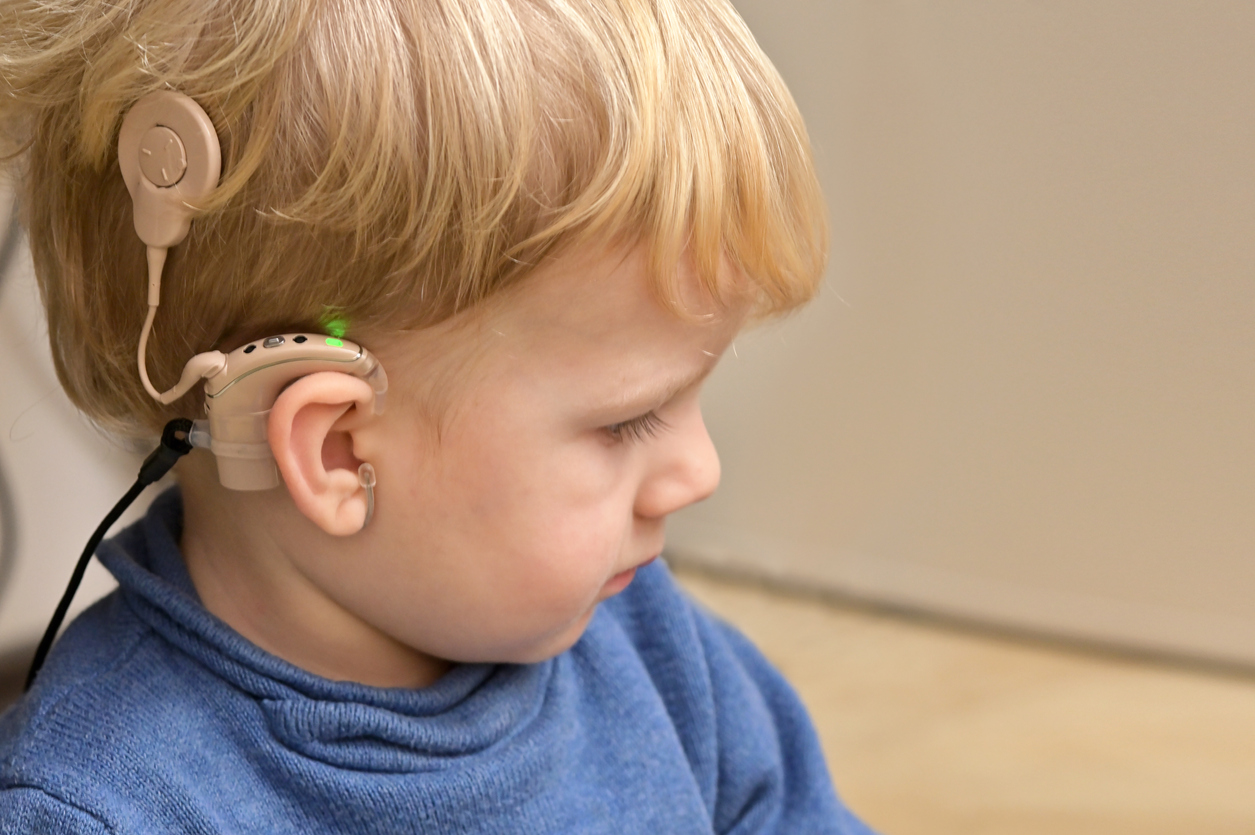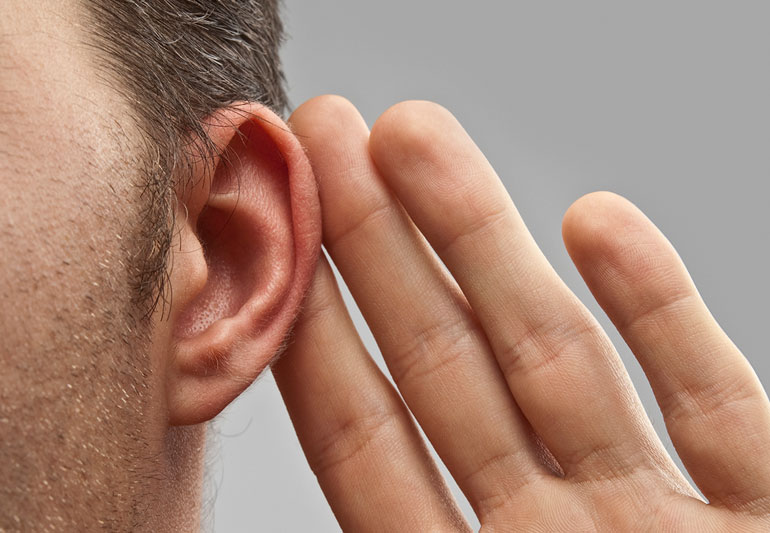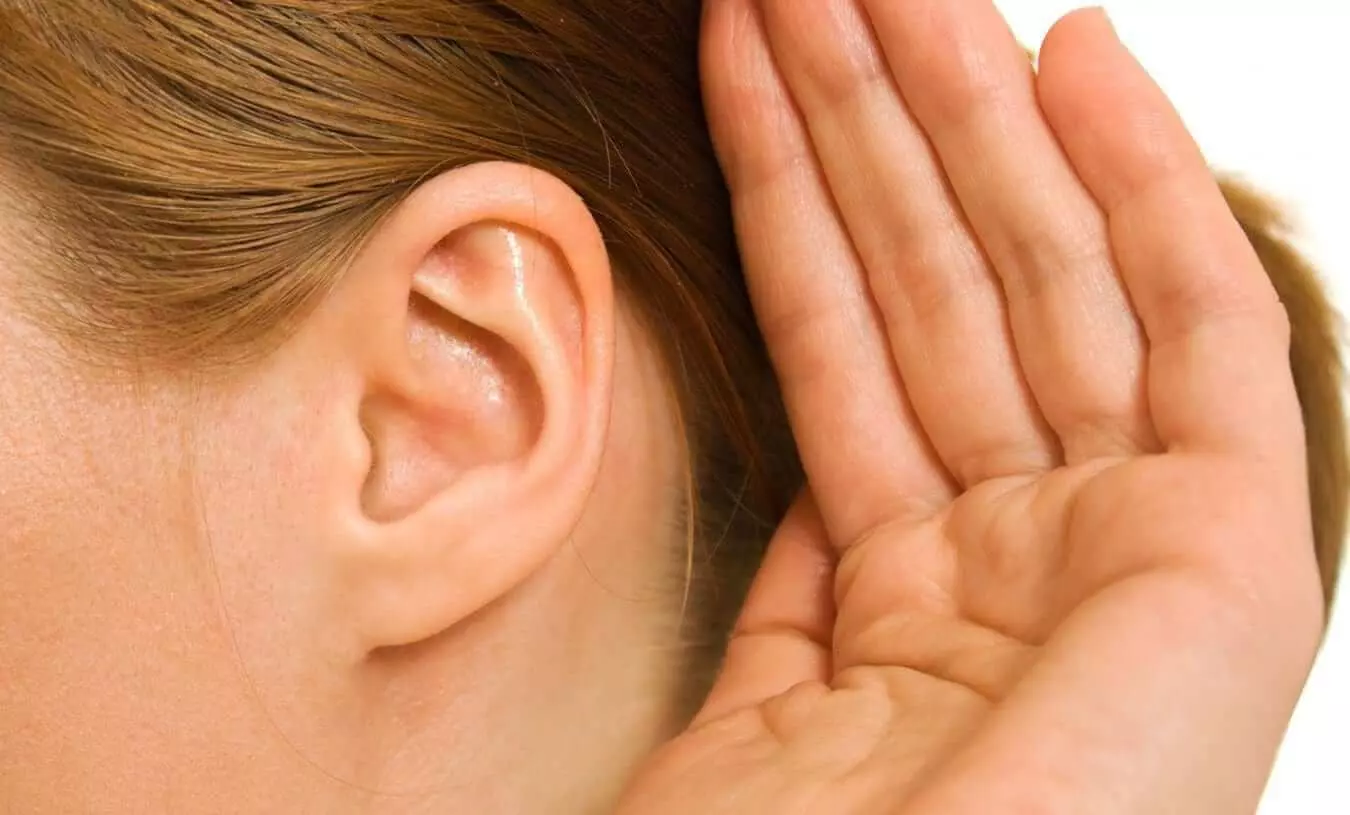Regrowing these sensory cells has been a challenge, but scientists might have found a way around that. Scientists at Northwestern University have discovered a single master gene that is able to program ear hair cells into being outer or inner hair cells that are needed for hearing.
The study is reported in Nature journal, and lead study author Jaime García-Añoveros, PhD shared: “Our finding gives us the first clear cell switch to make one type versus the other. It will provide a previously unavailable tool to make an inner or outer hair cell. We have overcome a major hurdle.”
Ears are critical, especially for balance and also for accepting sound frequencies and translating them into sensory information that our brains can parse. The sensory hair cells have a critical role in the ear.

A Boy With A Hearing Aids And Cochlear Implants
The outer hair cells change their shape in accordance with the changes in pressure that depend on sound waves that enter the ear and then send those signals to the inner hair cells. Then these transmit the vibrations to the sensory brain cells that finally send signals to the brain’s auditory cortex that become the sounds we understand and hear.
García-Añoveros explained: “It’s like a ballet. The outers crouch and jump and lift the inners further into the ear. The ear is a beautiful organ. There is no other organ in a mammal where the cells are so precisely positioned. (I mean, with micrometric precision). Otherwise, hearing doesn’t occur.”
The team discovered that a gene, called Tbx2, when selectively activated in mice, programs cochlear hair cells to turn into inner ear cells. When the gene was turned off, the cells became outer ear cells. This is what allowed them to create the outer and inner hair cell types that are crucial for hearing.
They aim to reprogram other cell types in the ear in order to restore hearing that’s lost. There’s still a long way to go, but there is hope that the future for hearing loss repair is bright.

They Found A Master Gene That Can Help Reverse The Damage









